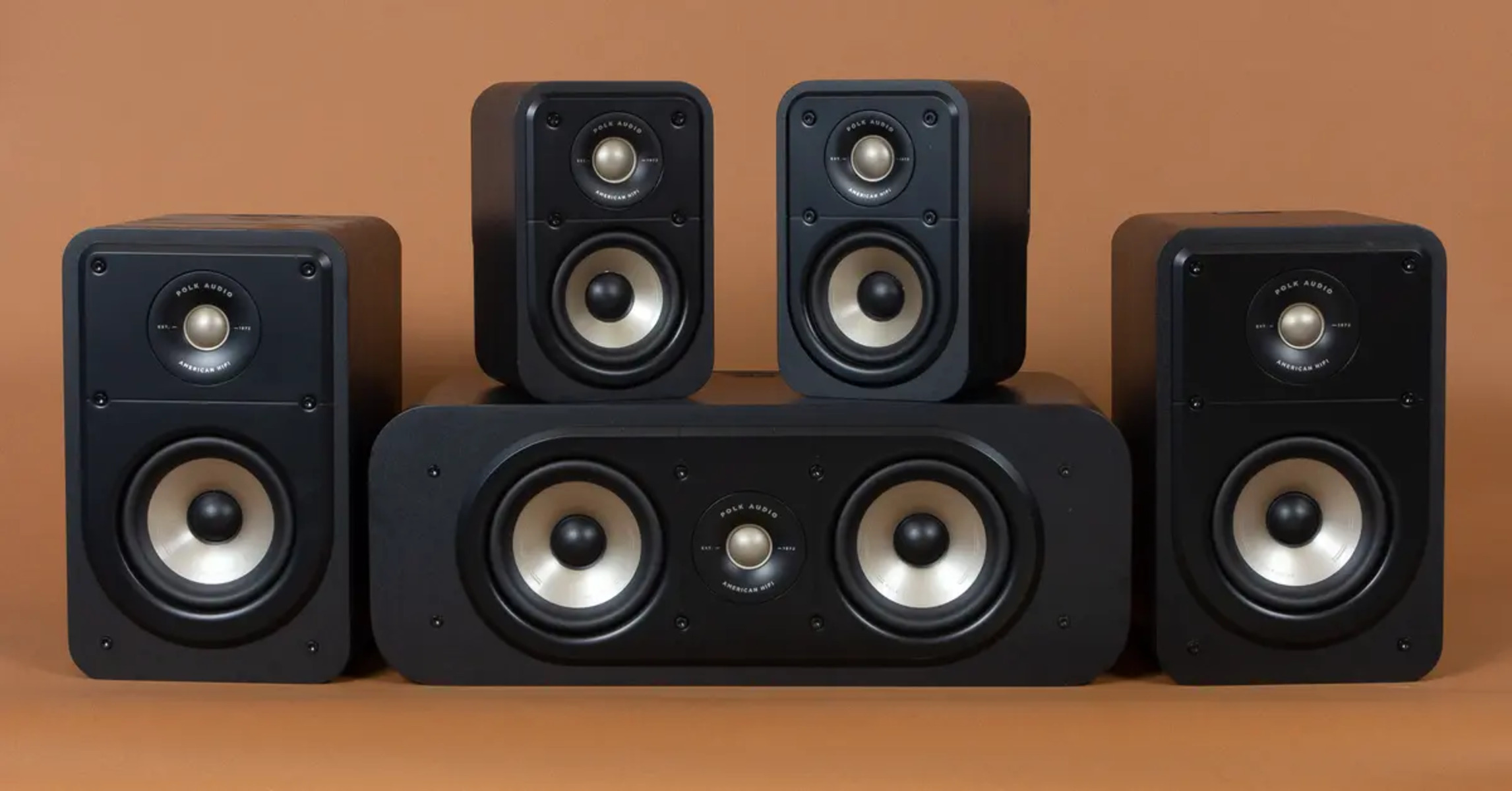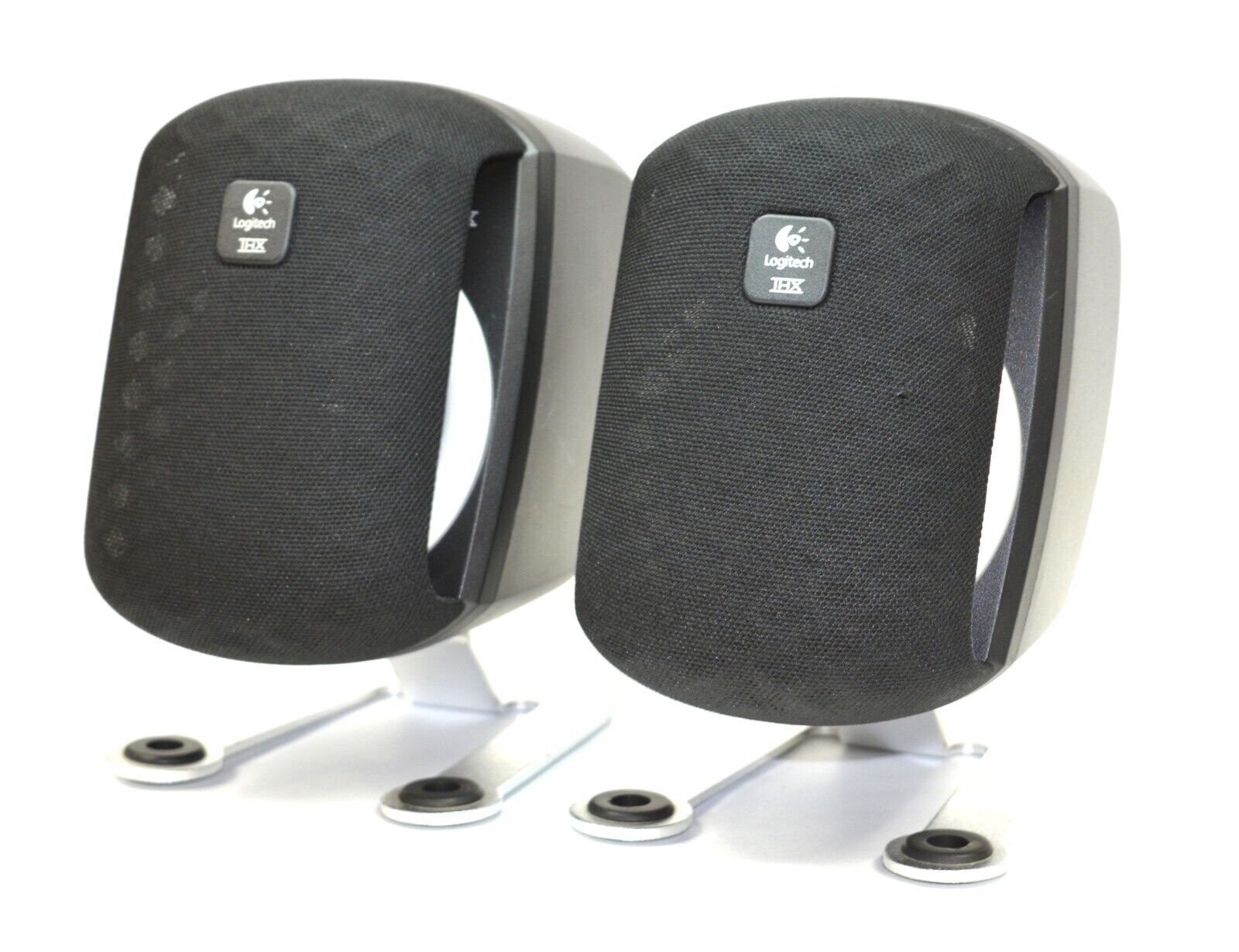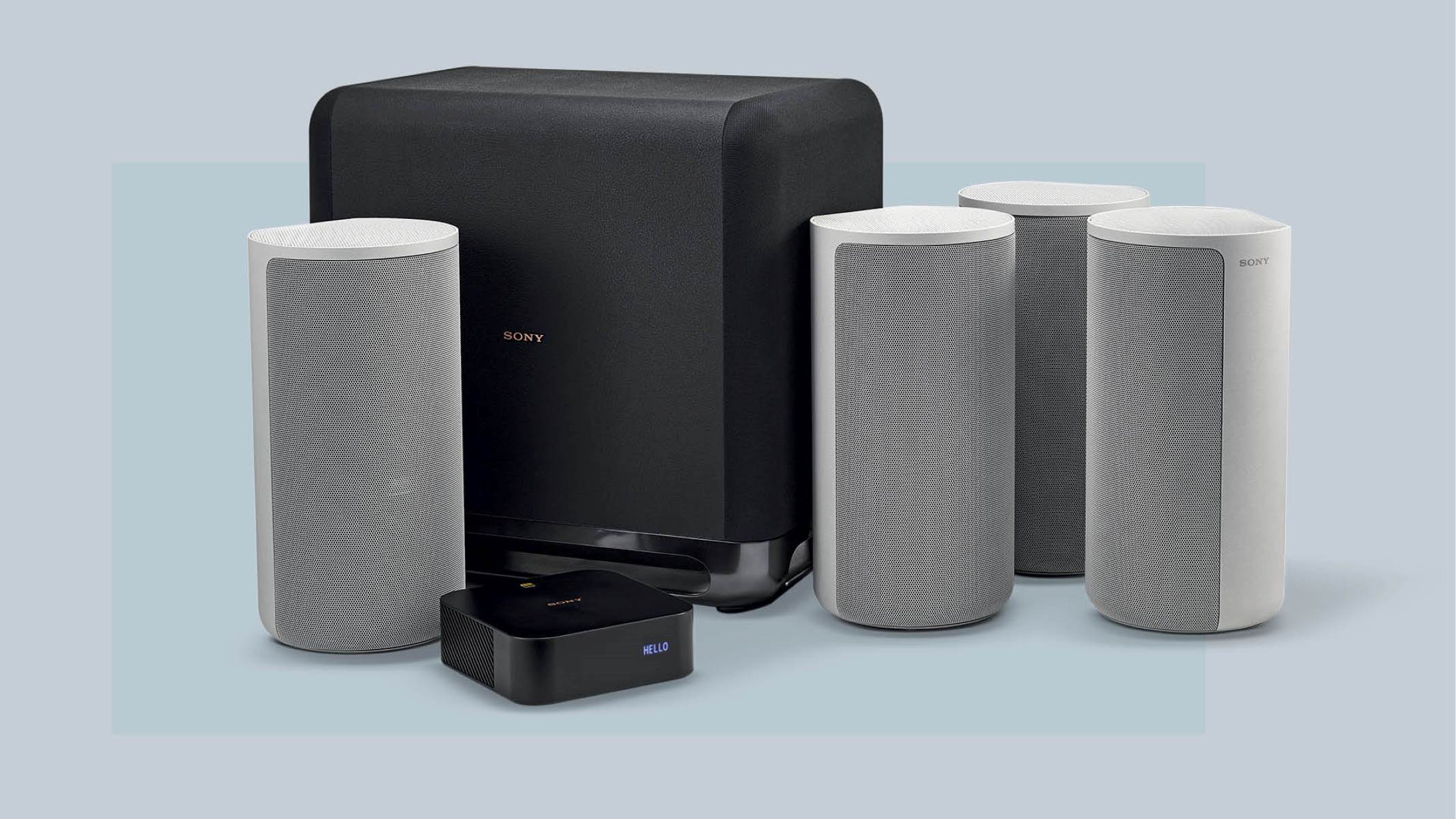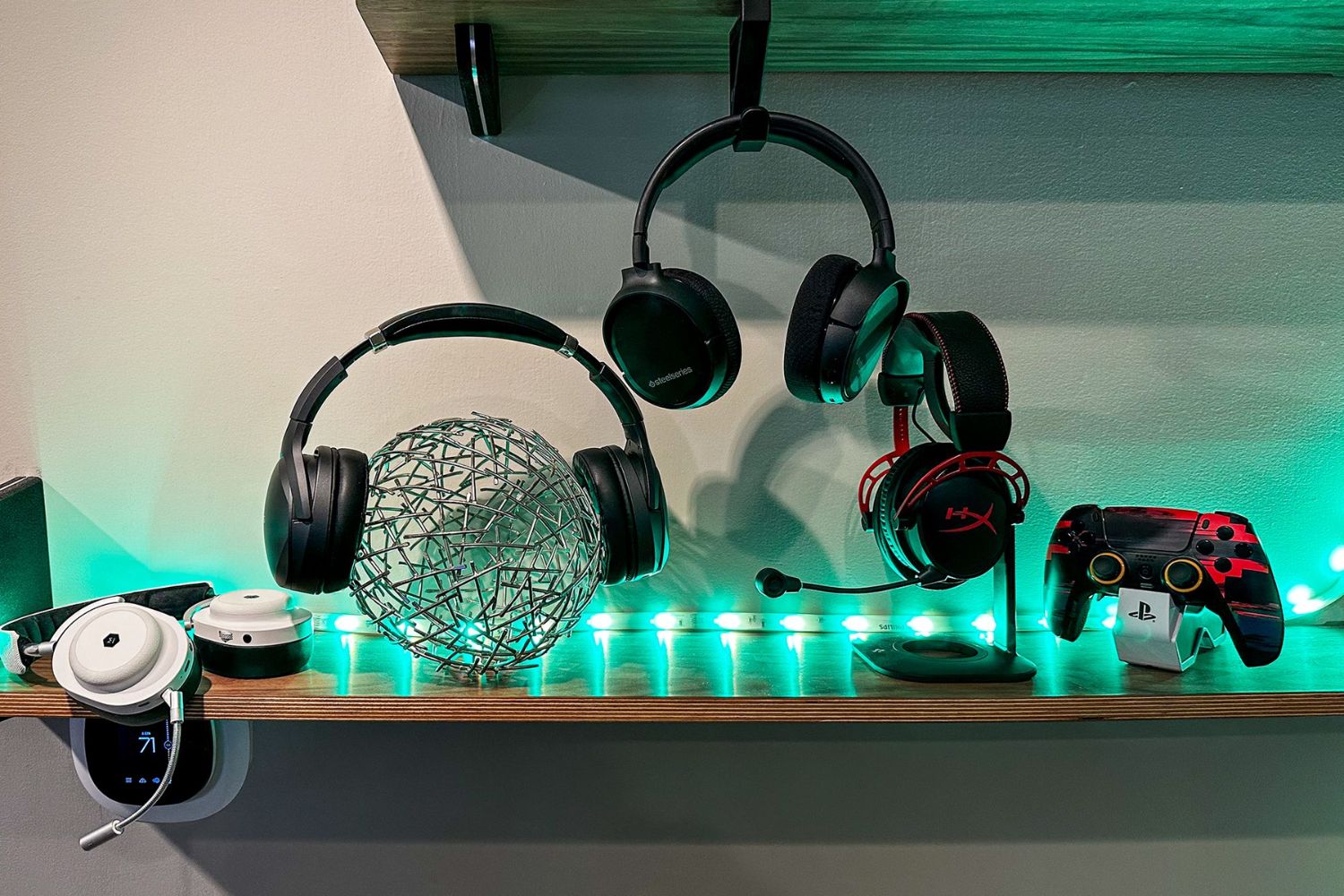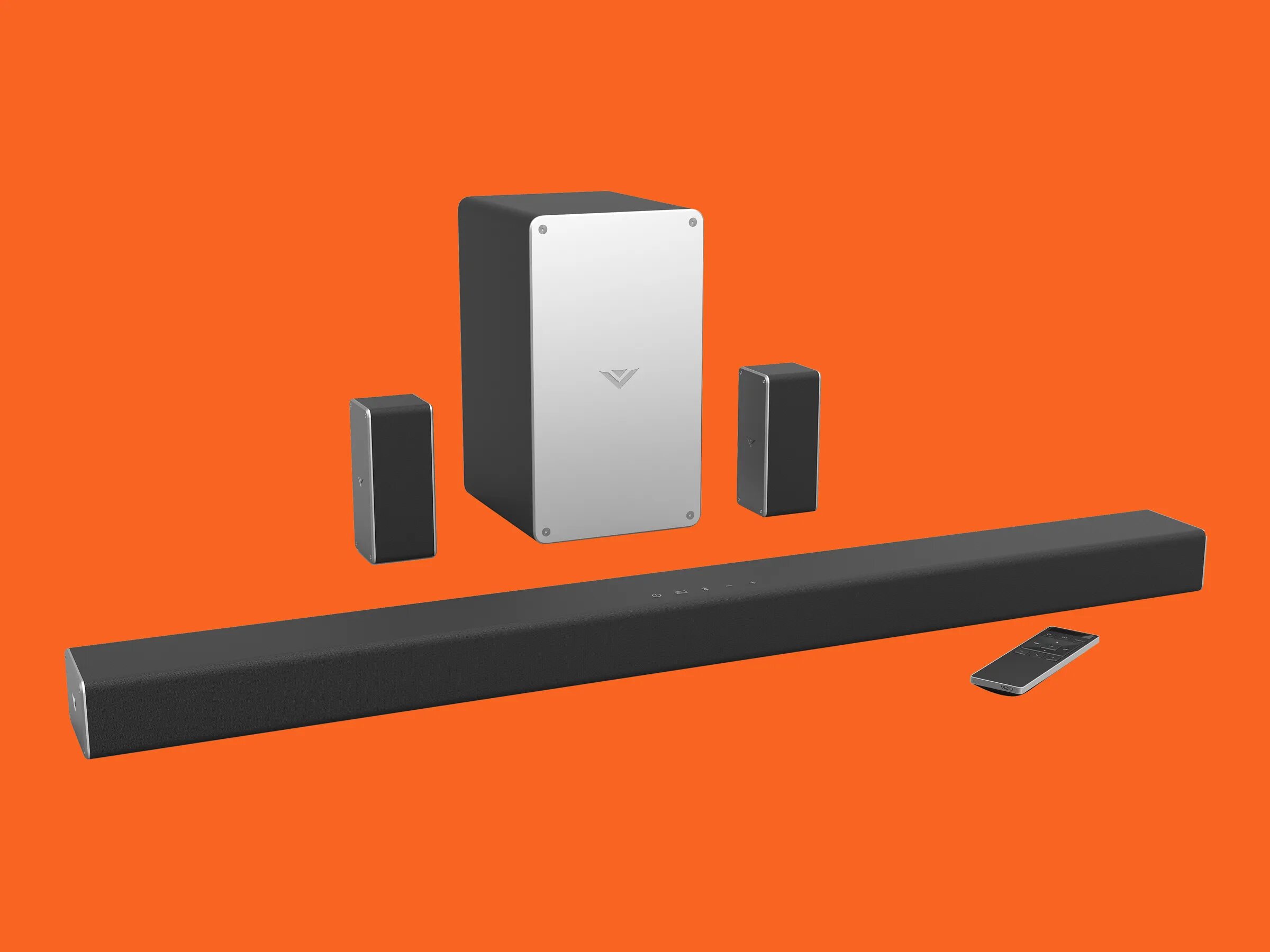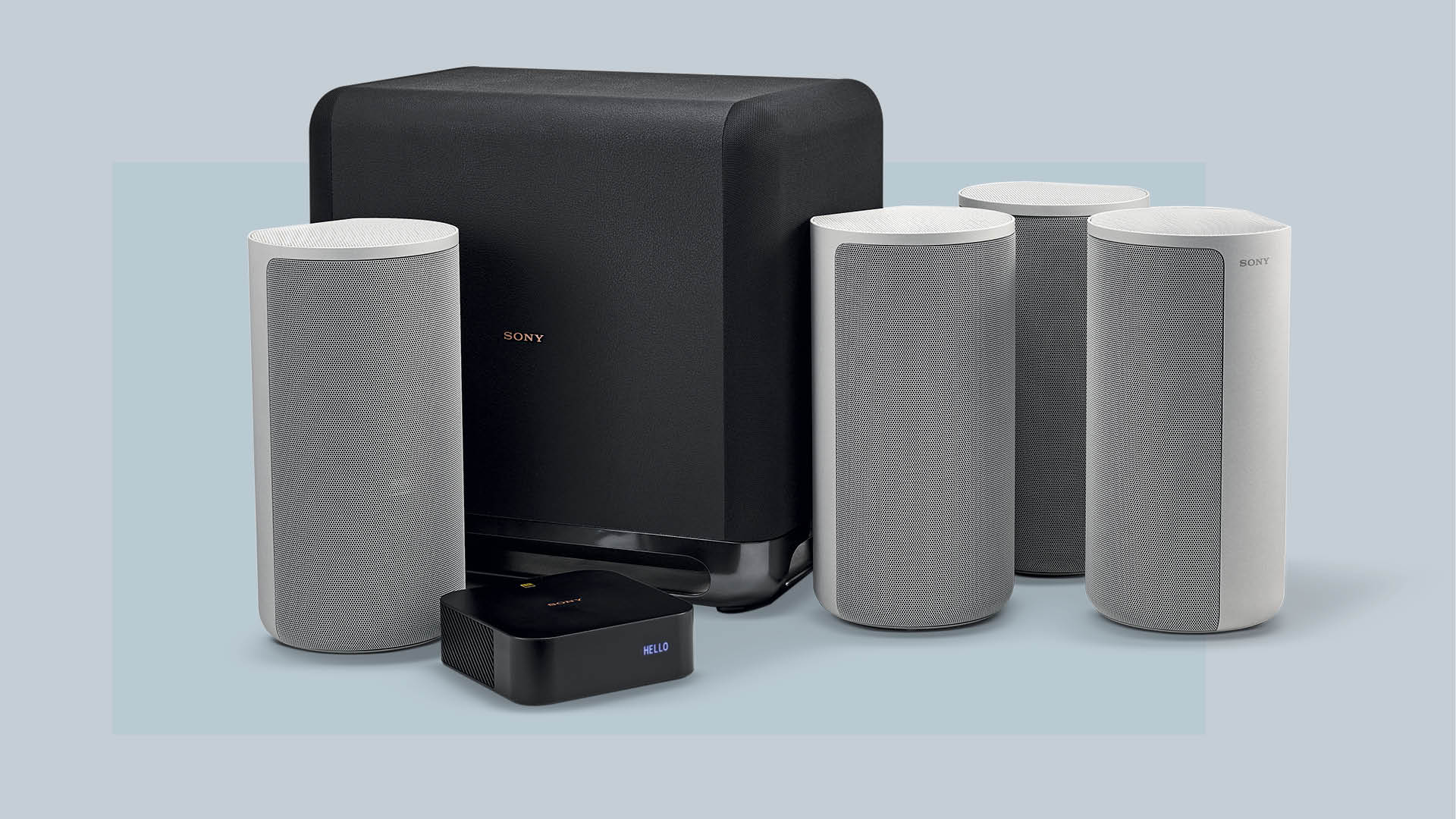Introduction
Understanding the Basics of Surround Sound Systems
Welcome to the immersive world of surround sound systems! Whether you’re a movie enthusiast, a music lover, or a gaming aficionado, a good surround sound system can elevate your audio experience to new heights. With the right combination of speakers, receiver, and setup, you can create a captivating audio environment that brings your entertainment to life.
Surround sound systems are designed to envelop you in a multi-dimensional audio experience, allowing you to hear sounds from all directions, just like in a movie theater or a concert hall. The primary goal of a surround sound system is to create a more realistic and engaging audio environment, enhancing the overall entertainment experience.
Building a good surround sound system involves careful consideration of several key components, including the selection of the right speakers, receiver, and the proper setup and calibration. Each element plays a crucial role in delivering high-quality audio that fills the room with rich, detailed sound.
Throughout this guide, we’ll explore the essential steps to building a stellar surround sound system, from choosing the right speakers and receiver to setting up and calibrating your system for optimal performance. By the end of this journey, you’ll be well-equipped to immerse yourself in the captivating world of surround sound and enjoy a truly cinematic audio experience in the comfort of your own home.
Choosing the Right Speakers
When it comes to building a top-notch surround sound system, selecting the right speakers is paramount. The speakers are the primary conduits through which the audio is delivered, making them a critical component in achieving a truly immersive audio experience. Here are some key factors to consider when choosing the right speakers for your surround sound system:
- Speaker Configuration: Determine the ideal speaker configuration for your setup, such as 5.1, 7.1, or Dolby Atmos. The configuration will dictate the number and placement of speakers, influencing the overall audio performance.
- Speaker Types: Consider the different types of speakers available, including floor-standing, bookshelf, center channel, and surround speakers. Each type serves a specific purpose in the surround sound system, contributing to the overall audio balance and spatial effects.
- Sound Quality: Prioritize speakers that offer exceptional sound quality, delivering clear, detailed audio across the frequency spectrum. Look for speakers with robust drivers, efficient crossovers, and a well-tuned acoustic design to ensure fidelity and accuracy.
- Compatibility: Ensure that the speakers you choose are compatible with your receiver and other audio equipment. Compatibility issues can hinder the performance of your surround sound system, so it’s crucial to verify seamless integration.
- Room Acoustics: Take into account the acoustics of your listening space when selecting speakers. Different room sizes and layouts may require specific speaker characteristics to optimize sound dispersion and resonance.
By carefully evaluating these factors and conducting thorough research on speaker options, you can assemble a speaker ensemble that harmonizes seamlessly to deliver an enveloping audio experience. Remember, the right speakers form the foundation of your surround sound system, shaping the way you perceive sound in your entertainment space.
Selecting the Right Receiver
At the heart of every exceptional surround sound system lies the receiver, often referred to as the AV (audio/video) receiver. This crucial component serves as the central hub for audio and video processing, powering and connecting all the speakers while serving as the control center for your entire audio-visual setup. When choosing the right receiver for your surround sound system, several key considerations come into play:
- Audio Formats and Decoding: Look for a receiver that supports the latest audio formats, such as Dolby Atmos, DTS:X, and Auro-3D, to ensure compatibility with modern content and future-proofing your system for upcoming audio technologies.
- Power and Amplification: Assess the power output and amplification capabilities of the receiver to match the requirements of your speakers and room size. Adequate power ensures dynamic, distortion-free sound reproduction at various volume levels.
- Connectivity and Inputs: Consider the number and types of audio and video inputs available on the receiver, including HDMI, optical, and analog connections. Ample connectivity options allow seamless integration with multiple audio-visual sources, such as gaming consoles, Blu-ray players, and streaming devices.
- Room Calibration and EQ: Opt for a receiver equipped with advanced room calibration and equalization features, such as Audyssey, Dirac Live, or proprietary auto-calibration systems. These technologies optimize audio performance based on your room’s acoustics, speaker configuration, and listening position.
- Streaming and Network Capabilities: Consider receivers with built-in Wi-Fi, Bluetooth, and network streaming features, enabling wireless connectivity and access to online music services, podcasts, and internet radio.
By carefully evaluating these factors and matching the receiver’s capabilities with your specific audio-visual needs, you can ensure that your surround sound system’s central component complements the speakers and delivers a cohesive, high-fidelity audio experience. The right receiver acts as the powerhouse of your audio setup, seamlessly orchestrating the delivery of immersive sound throughout your entertainment space.
Setting Up Your Surround Sound System
Once you’ve carefully chosen the speakers and receiver for your surround sound system, the next crucial step is setting up the components to create an immersive audio environment. Proper installation and placement play a significant role in maximizing the system’s performance and ensuring an optimal listening experience. Here are the essential steps to set up your surround sound system:
- Speaker Placement: Position the speakers according to the recommended layout for your chosen speaker configuration, ensuring that each speaker is strategically placed to deliver balanced sound coverage and accurate spatial effects.
- Center Channel Alignment: Align the center channel speaker with the primary viewing/listening position, anchoring the dialogue and on-screen action for a cohesive audio-visual experience.
- Subwoofer Placement: Place the subwoofer in a location that minimizes bass peaks and nulls, typically experimenting with different positions to find the optimal bass response within your room.
- Speaker Wiring and Connectivity: Carefully route and connect the speaker wires to the corresponding terminals on the receiver, ensuring proper polarity and secure connections to maintain signal integrity.
- Receiver Setup and Configuration: Follow the manufacturer’s instructions to configure the receiver settings, including speaker size, crossover frequencies, channel levels, and room calibration, to tailor the audio output to your specific room and speaker setup.
- Optimizing Speaker Angles: Angle the surround speakers to direct sound towards the primary listening area, optimizing the surround sound field and enveloping the viewer in a seamless audio panorama.
By meticulously following these setup procedures and adhering to best practices for speaker placement and connectivity, you can establish a cohesive and harmonious surround sound system that delivers captivating audio immersion. Proper setup lays the foundation for an exceptional audio experience, allowing you to unleash the full potential of your carefully selected speakers and receiver.
Calibrating Your System
Calibrating your surround sound system is a critical step in ensuring that it delivers optimal audio performance tailored to your specific room acoustics and speaker configuration. Proper calibration fine-tunes the system’s settings, equalization, and audio processing to create a balanced and immersive listening experience. Here’s how to effectively calibrate your surround sound system:
- Room Acoustic Measurement: Utilize a calibration microphone and the built-in calibration software of your receiver to measure the acoustic characteristics of your room, including speaker distances, levels, and frequency response.
- Auto-EQ and Room Correction: Engage the receiver’s auto-EQ or room correction feature to analyze the measured room acoustics and apply corrective equalization to compensate for any frequency anomalies and optimize the overall sound balance.
- Speaker Level Balancing: Use the receiver’s test tones and level adjustment controls to balance the volume levels of each speaker, ensuring that sound is evenly distributed and coherent across the entire surround sound field.
- Crossover Configuration: Set the crossover frequencies for each speaker to seamlessly blend the sound between the main speakers and the subwoofer, preventing frequency gaps and ensuring a smooth transition between bass frequencies.
- Listening Position Optimization: Fine-tune the calibration settings based on the primary listening position, allowing the system to optimize the audio output for the specific location where you typically enjoy your entertainment content.
By meticulously following these calibration procedures and leveraging the advanced features of your receiver, you can achieve a precisely calibrated surround sound system that adapts to the unique acoustic characteristics of your room and delivers a captivating, lifelike audio experience. Calibration represents the final step in fine-tuning your system, allowing you to unleash the full potential of your speakers and receiver for an unparalleled audio immersion.
Enjoying Your Surround Sound System
After meticulously setting up and calibrating your surround sound system, it’s time to revel in the immersive audio experience it offers. Whether you’re watching blockbuster movies, listening to your favorite music, or engaging in intense gaming sessions, your surround sound system can elevate your entertainment to new heights. Here are some key aspects to consider as you bask in the enjoyment of your meticulously crafted audio setup:
- Cinematic Movie Nights: Immerse yourself in the cinematic magic of movies as the powerful audio envelops you in the action, dialogue, and atmospheric soundscapes, bringing the theater experience directly to your living room.
- Musical Fidelity: Rediscover your favorite music as it fills the room with rich, detailed sound, allowing you to discern subtle nuances and experience a heightened sense of musical immersion.
- Gaming Excitement: Enhance your gaming adventures with dynamic, spatially accurate audio that plunges you into the heart of the virtual world, heightening the excitement and realism of gameplay.
- Family and Social Gatherings: Create memorable moments with friends and family as you host gatherings and social events, where the captivating audio enhances the overall ambiance and entertainment value.
- Relaxation and Stress Relief: Unwind and de-stress as you indulge in soothing audio content, such as nature sounds or ambient music, leveraging the surround sound system to create a tranquil audio environment.
As you savor the immersive audio experience provided by your surround sound system, take the time to explore various genres of entertainment and appreciate the newfound depth and realism that high-quality audio brings to your favorite content. Let the system transport you into the heart of the action, the soul of the music, and the essence of the storytelling, allowing you to forge unforgettable connections with your entertainment experiences.
Ultimately, the culmination of your efforts in building, setting up, and calibrating your surround sound system unfolds in the joy and satisfaction of relishing unparalleled audio immersion. Embrace the transformative power of exceptional audio and savor the countless moments of pure enjoyment that your meticulously crafted surround sound system brings to your life.







